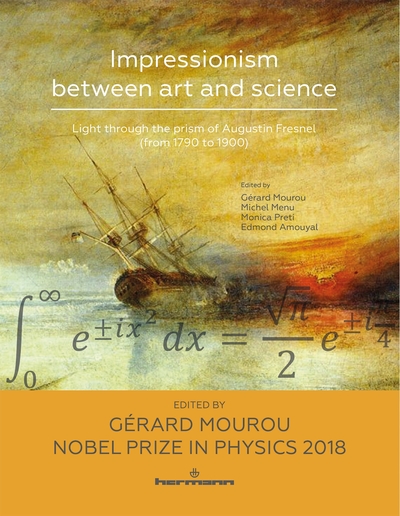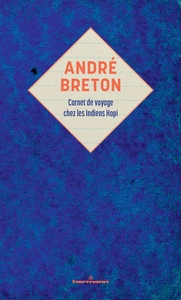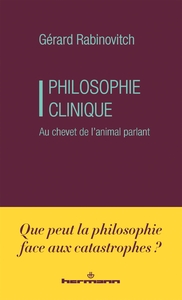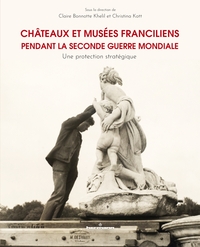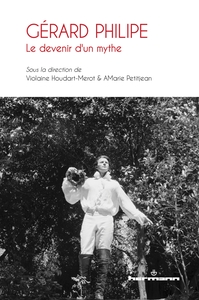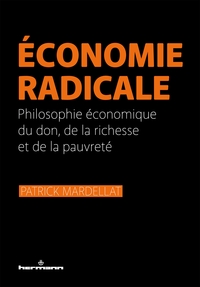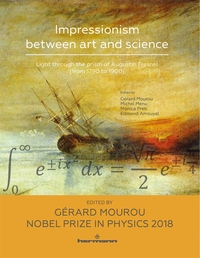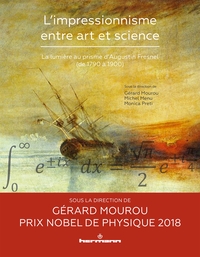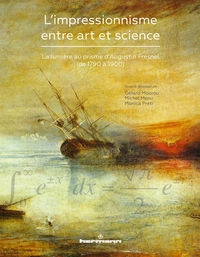Nous utilisons des cookies pour améliorer votre expérience. Pour nous conformer à la nouvelle directive sur la vie privée, nous devons demander votre consentement à l’utilisation de ces cookies. En savoir plus.
IMPRESSIONISM BETWEEN ART AND SCIENCE - LIGHT THROUGH THE PRISM OF AUGUSTIN FRESNEL (FROM 1790 TO 19
Hermann - EAN : 9791037005281
Édition papier
EAN : 9791037005281
Paru le : 3 nov. 2020
55,00 €
52,13 €
Disponible
Pour connaître votre prix et commander, identifiez-vous
Notre engagement qualité
-
 Livraison gratuite
Livraison gratuite
en France sans minimum
de commande -
 Manquants maintenus
Manquants maintenus
en commande
automatiquement -
 Un interlocuteur
Un interlocuteur
unique pour toutes
vos commandes -
 Toutes les licences
Toutes les licences
numériques du marché
au tarif éditeur -
 Assistance téléphonique
Assistance téléphonique
personalisée sur le
numérique -
 Service client
Service client
Du Lundi au vendredi
de 9h à 18h
- EAN13 : 9791037005281
- Réf. éditeur : 1193951
- Collection : PHILOSOPHIE, PO
- Editeur : Hermann
- Date Parution : 3 nov. 2020
- Disponibilite : Disponible
- Barème de remise : NS
- Nombre de pages : 218
- Format : 1.70 x 21.00 x 27.00 cm
- Poids : 1.06kg
-
Résumé :
1820. Painting was undergoing a profound transformation. Representations of reality no longer took precedence over colour. Details were becoming less important and, above all, light began to vibrate, achieving predominance, and announcing Impressionism. In the scientific field, Augustin Fresnel, a young graduate from the Ecole Polytechnique, demonstrated, with the help of his friends André-Marie Ampère and François Arago, that light was made up of waves rather than particles, a theory that ran counter to Newton and all the scientists of the time.
The fact that these scientific and pictorial revolutions occurred at the same time – a phenomenon that, to our knowledge, has never previously been explored by art historians – is troubling. Through the prism of Augustin Fresnel, we find many fascinating examples of the wave character of light in Impressionist painting, the master of which was Monet. Aspects of undulation and diffraction stand out. But how can we explain the fifty year period separating the discovery of the wave-like nature of light and the port of Le Havre depicted in Monet’s Impression, Sunrise (1872), considered the first Impressionist painting?
We attempted to reply to this question by gathering together art historians, artists and physicists at a conference organised by the Louvre and the Ecole Polytechnique, two establishments founded during the French Revolution. -
Biographie :
Michel Menu est directeur du département Recherche du C2RMF (Centre de recherche et de restauration des musées de France).

